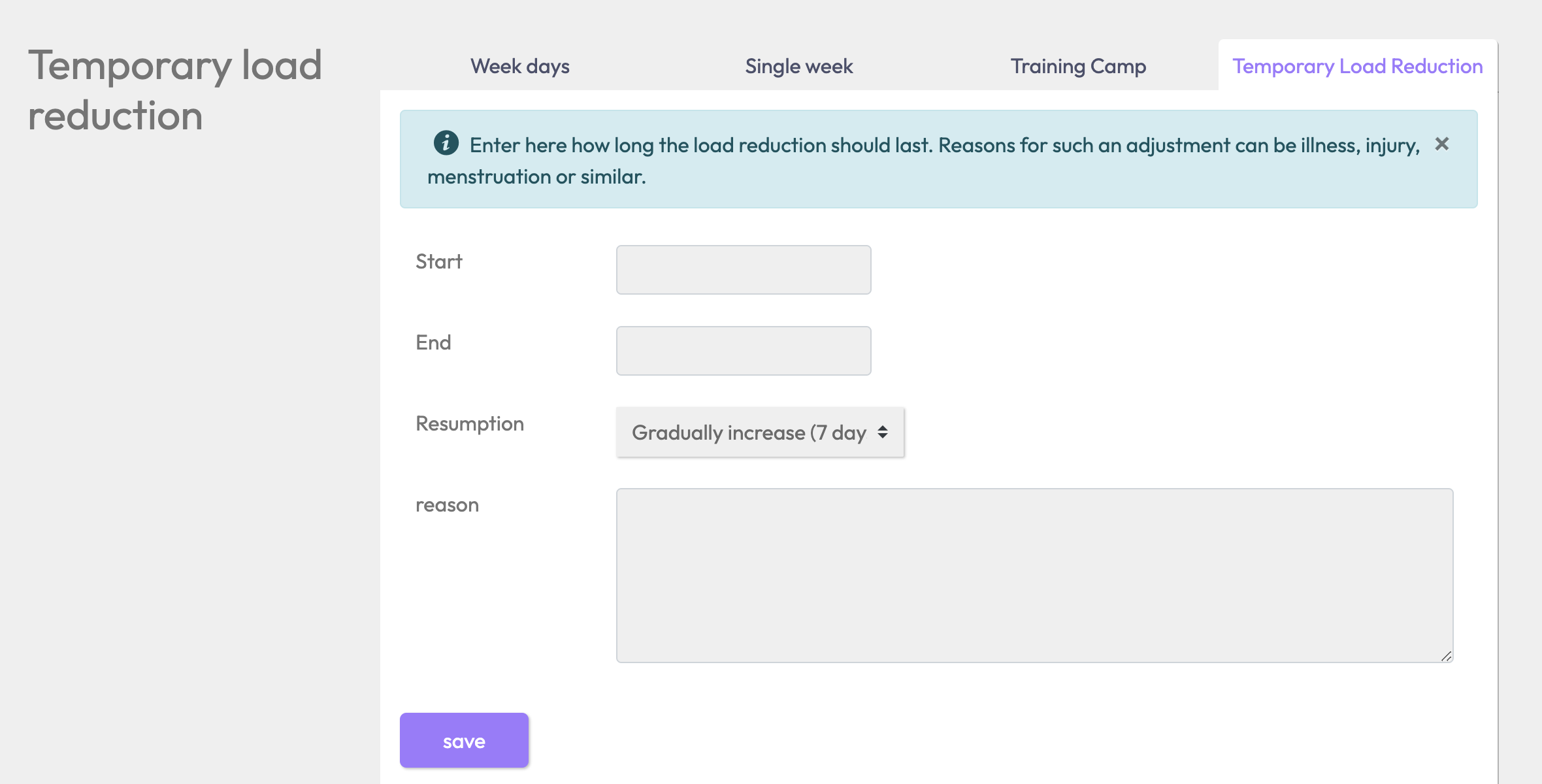Engaging in sports such as cycling, triathlon, and running is an excellent way to maintain both physical and mental health. But what should athletes do when illness forces them to interrupt their regular training routine? Returning to physical activity after a period of illness requires attention and a gradual approach to ensure the well-being of the body. Here are five useful tips for safely resuming training.
The winter season poses a significant challenge for endurance athletes. Low temperatures increase the risk of contracting illnesses that, in addition to causing physical discomfort, can compromise the previously established training regimen. Cycling, triathlon, and running enthusiasts understand how challenging it is to disrupt the flow of workouts, especially when in excellent physical condition. Therefore, we offer five suggestions for safely resuming physical activity after a period of illness.
1. Understanding the nature of the disease
First and foremost, it is crucial to have a clear understanding of the type of the illness at hand. In general, if symptoms manifest above the throat, such as a runny nose, sore throat, or headache, there may not be an immediate need to stop training. Very (!) light and moderate exercise can, in some cases, help alleviate these symptoms (training with a cold). If you choose to suspend physical activity due to such symptoms, you can resume workouts as soon as you feel ready.
On the other hand, if symptoms manifest below the throat, such as muscle aches, respiratory inflammation, bronchitis, coughing, vomiting, diarrhea, or a fever exceeding 37 degrees, it is highly advisable to cease training and take additional precautions. Wait until the prescribed treatment is complete, ensure the replenishment of lost energy and nutrients, and plan a day of rest for each day you had a fever before resuming endurance training.
2. Patience and Prudence
We understand your eagerness to return to outdoor training. However, it’s crucial to exercise patience and avoid rushing the recovery process, as this could lead to a setback. After facing an illness, the body requires an extended recovery period, sometimes up to two weeks. Once fully recovered from the fever, it is advisable to wait at least 4-5 days before hitting the road again.
Avoid training with a fever at all costs, as this would increase the risk of entering the so-called “open window” phase. During this phase, the immune system is compromised, and the body cannot effectively respond to viruses and bacteria. The open window occurs not only during illnesses but also after intense workouts, as physical exertion weakens the immune system.
5 ways to boost your immune system
3. Resume Gradually
Once past the illness phase, it’s time to resume training. However, it may take some time to return to the pre-illness level. Therefore, it is essential to gradually reintroduce physical activity in the first week, maintaining a lower intensity to allow the body to readjust to regular training standards. Start with a 7-10 day “cushion” period, gradually increasing duration and intensity while carefully listening to your body’s signals. Consider the following:
- Avoid high-intensity intervals and long runs.
- Favor light endurance and recovery workouts in Zones 1 and 2.
- Adjust the duration or distance of the workout if necessary.
- Practice stretching, muscle strengthening, and flexibility exercises to restore joint and muscle mobility.
- Consider activities such as swimming and yoga to maintain physical activity without excessively stressing the joints.
- Allow more rest time between different training sessions.
The 2PEAK dynamic training plan helps athletes track breaks and effectively plan training after them.
If you need a temporary reduction in load, go to Plans > Adjust Schedule > Temporary Load Reduction or click here.

Enter the start and your best estimate for the end date of the break. The end date can always be modified later. Select a strategy for resuming training after a break (resume training immediately, quickly increase training volume, gradually increase, or slowly increase).
The chosen strategy should be determined by the individual situation: why the break was taken and when the next goal is. Training after a break will need to be adjusted based on past workouts, goals, the duration of the load reduction, etc.
4. Monitor Workouts
During the return to training sessions, closely monitor your body’s reaction. Pay attention to signals such as fatigue and muscle soreness, and do not ignore any signs of discomfort. If heart rate and perceived effort are higher than usual during the initial sessions, it’s advisable to reduce the workout intensity. If you experience symptoms such as dizziness, nausea, or fever, it is wise to stop training and consult your healthcare professional once again.
5. Nutrition and Recovery
The recovery phase is as crucial as the training itself. Ensure you respect the necessary recovery times for your body. Getting enough sleep and allowing active or complete rest days is crucial to enable muscles to recover and heal. Proper recovery helps reduce the risk of overtraining, facilitating a more effective return to physical activity.
Additionally, a balanced diet plays an essential role in the recovery process after illness, as it helps restore lost energy and nutrients. Taking a multivitamin supplement can be particularly beneficial, especially if the illness has affected appetite or led to a reduced nutrient intake. This support can contribute to strengthening the immune system and promoting rapid healing by providing the body with the necessary elements for regeneration and overall well-being.
Create a training plan for triathlon, cycling, and running based on artificial intelligence with 2PEAK that adapts to your performance after each training session. Download the app and start revolutionizing your training.


